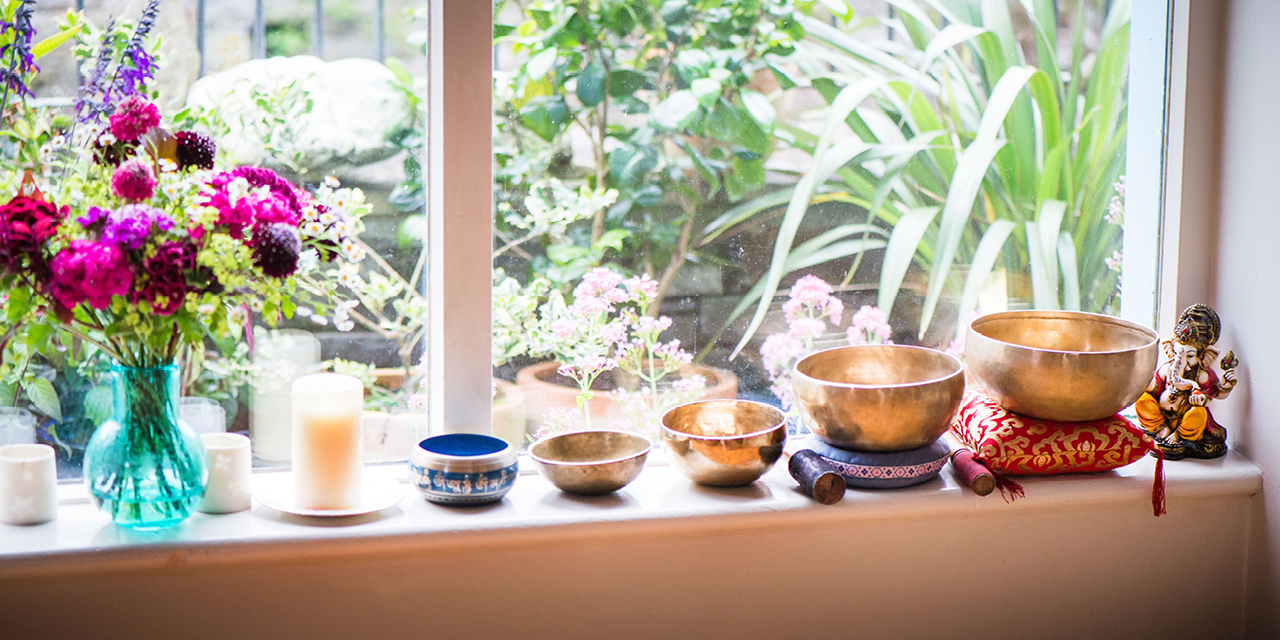It’s hard to know exactly what causes stress. It can sometimes be a question of what comes first, like the chicken or the egg. Does stress create tension in the body or does the tension in your body make you stressed? Is stress creating that tight knot in your stomach and that hard to breathe feeling? Or does the tight restricted feeling in your ribs and stomach make you feel nervous and stressed?
Well which ever came first there is no doubt that the two are interlinked and one can lead to another. We would all love to believe that if our physical problems go away then our stress will go too. But we know it’s not that simple. Ongoing stress has a very negative effect on our body and when you have been under a lot of pressure your body feels the effects such as tight tired muscles, headaches, digestive and sleep problems, as well as fatigue. These physical manifestations of stress can really stress you out.
Another example is when you are nervous such as when you’re about to give a big presentation or go into an important meeting. You will likely feel these nerves in your stomach. This can be a tight burning knot, or a churning unsettled feeling. This will come with the added pressure of tension in your breathing, short shallow nervous breaths. These uncomfortable physical sensations will only lead to more stress and increase your nerves.
How can yoga help?
Yoga breathing exercises are a brilliantly quick and simple way of taking back the control with stress. Diaphragmatic breathing is especially good for targeting the area around and in the stomach, which is so often where nerves are felt.
The diaphragm is like the engine for our breath. It is a large strong core muscle in the centre of the torso that moves all the time as you breathe. Picture an open umbrella below your stomach attaching to the bottom of the ribs all the way round. When you inhale, your diaphragm moves out and downwards, the umbrella opens and gets bigger pulling your breath in. When you exhale, your diaphragm moves in and upwards, the umbrella closes slightly and moves up forcing your breath out again.
If your diaphragm is tense it will stay pulled up, tight and closed which restricts your breathing making it hard to get a deep breath in. When your diaphragm is tense and tight this will lead to tension in the stomach which is right beside it. Causing that uncomfortable knot and leading to digestive problems.
Why does stress make the diaphragm tighten?
All our muscles are controlled by the nervous system and the brain. If our nervous system perceives a threat, like knowing you are about to walk on stage, our nervous system gives the signal to prepare for the impending threat by tensing your muscles. This is all well and good if you are about to fight or run, but if you need to be calm and collected then tension in your muscles and breathing doesn’t do you much good.
Noticing that you are tense, that you can’t breathe and you have a knot in your stomach is the first step. Then, take a few minutes to address the place of stress, and work with the breath in this area will open, unwind and settle you.
Focus on your breathing
Bring your hands to the bottom of the ribs, with all your fingers facing forward including your thumbs, this way your shoulders and arms will be able to relax down.
- See if you can feel your ribs moving in and out with the breath. This is the diaphragm expanding and contracting.
- Give your ribs a gentle push inwards on the exhale to exaggerate this movement and feel how mobile and flexible your rib cage is.
- Then gently push your ribs out into your hands on the inhale to feel how far out the ribs move and how open you can get them.
- Continue to breathe with this gentle bit of resistance, which will stimulate and stretch the diaphragm.
- Look for a stretchy feeling around the stomach and an opening across your mid back.
After just a few minutes of practice you should notice that your breath is a bit deeper and the tension is leaving your tummy. At first try this exercise lying down, as that will allow your muscles to relax and stretch even more.
Then when you feel comfortable with it you can do this sitting and even standing. As with all yoga exercises their benefits will be noticed through practice. If you work with this every day for a week leading up to an important date, you will be able to use this tool to calm your nerves when you need it most.
You can read Jess’s other blogs on layahealthcare.ie/thrive/lifestyle or download the full exercise booklet here.







